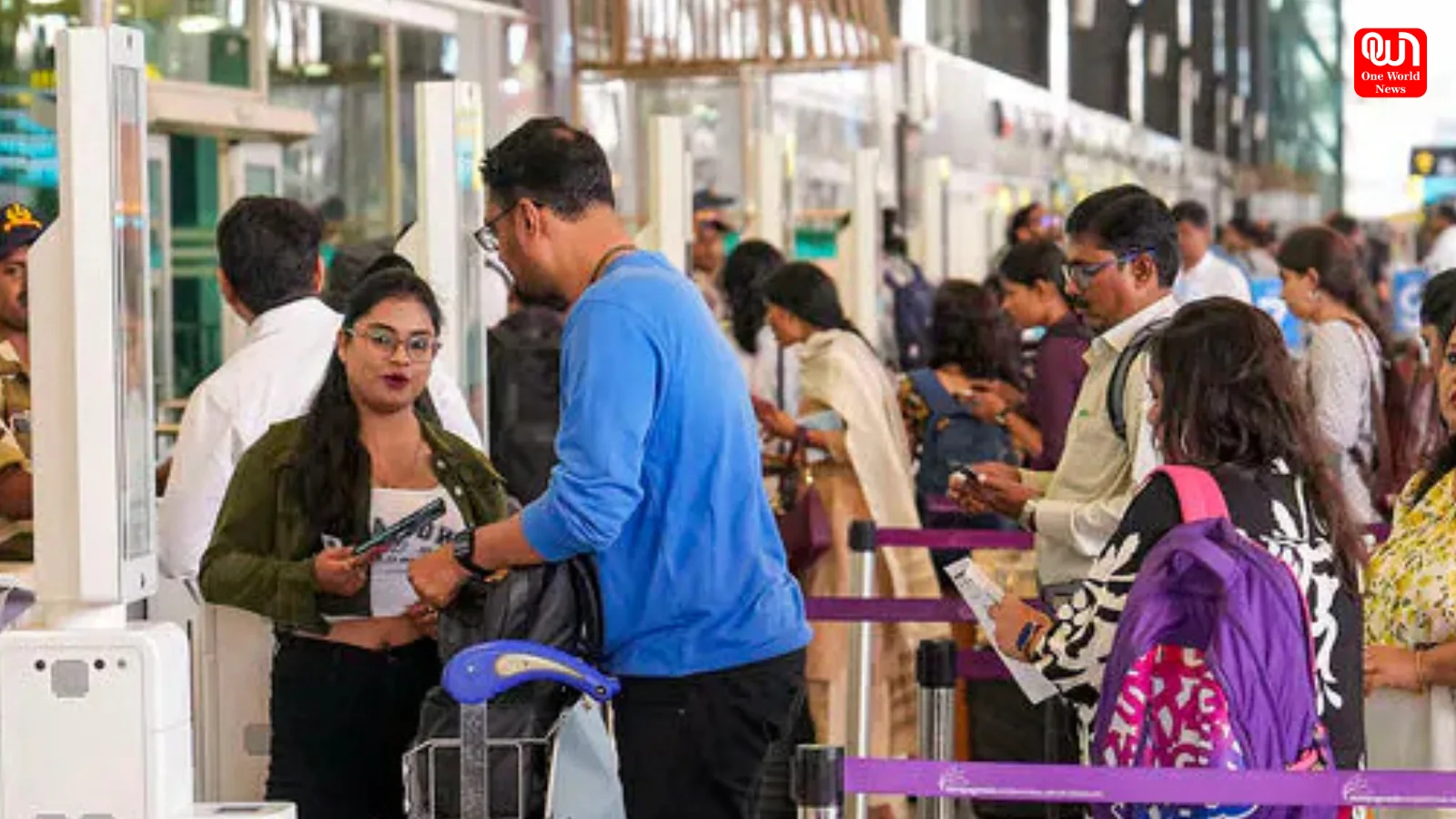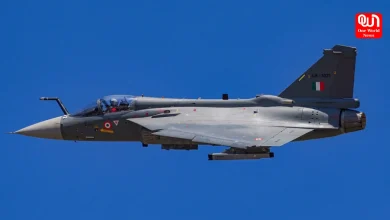Adani vs GMR: The Ongoing Battle for Dominance in India’s Airport Sector
The fierce battle between Adani and GMR continues as India's airport traffic surges in 2024, with both groups vying for dominance in the booming sector.
Adani vs GMR: The Intense Battle for Dominance in India’s Booming Airport Sector as Passenger Traffic Continues to Surge in 2024

India’s airport industry remains a hot battle ground between the Adani Group and the GMR Group due to its growing passenger traffic. India witnessed its highest ever domestic air traffic in 2023, much beyond IATA’s optimism of traffic of India, which was a year ahead of what IATA had predicted for post-COVID recovery. Air traffic remains steady and might be reaching the numbers of last year during 2024. According to reports filed by the Airports Authority of India (AAI), the passenger footfall increased by 7.4% year on year in the first half of the fiscal, reaching 19.69 crore passengers through September against 18.32 crore during the same period in the previous year.
Domestic Air Traffic Trends
Domestic air travel has been a strong driver for growth, but there is little doubt about the monopoly by metro airports slowly losing its grip. The six major metro airports—Delhi, Mumbai, Bengaluru, Hyderabad, Chennai, and Kolkata—continued to account for 58.5% of total footfall, which witnessed a considerable decline from the earlier years. Hyderabad headed the table with growth in terms of footfalls at 11.6%, followed closely by Kolkata at 10.9%, followed by Bengaluru at 8.6% and Delhi at 5%. Growth was seen in the Mumbai and Chennai airports too but at a considerably lesser percentage: 3.2% and 4.8%, respectively.
Read more: Man Arrested for Hoax Bomb Threats in Maharashtra: Suspect Linked to Previous Terrorism Case
This movement in leadership points to a larger trend of growth amongst the smaller, regional airports, of which many are witnessing a spurt in passenger traffic. For instance, while Kullu airport saw an enormous growth of 95.8% in traffic, Vijayanagar and Rourkela airports witnessed 53.7% and 81.9% growth respectively. Not everyone is a winner in this growth story; Kushinagar and Rupasi, for instance, have seen a steep decline in footfalls, following causes such as loss of connectivity.
Growth in International Tourism
International passenger traffic has been rising exponentially during the period with domestic traffic recording a steady growth. Passengers in international traffic went up by 12%. The metro airports accounted for 72.3% of the total international footfall, out of which Bengaluru topped with a growth of 20.4%. Delhi was next at 14.6% and Hyderabad at 12.5%, while Mumbai posted an 11.2% growth. Chennai and Kolkata, operated by AAI, recorded slight reductions in their international traffic.

Even on lesser airports of Vizag and Bhubaneswar, growth in international traffic was impressive at 82.3% and 72.5%, respectively. Growth was also seen on Kannur, Chandigarh and Amritsar airports. However, a few airports that reported reductions in international passenger traffic include Goa (Dabolim) and Srinagar.
Read More: Know Behind the Scenes – Entertainment Industry
GMR vs Adani Rivalry
India’s airport sector continues to be dominated by the duopoly between Adani Group and GMR Group, which now has the added clout of Groupe ADP, the French airport operator. Airports controlled by GMR Group carried 28.2% of the total passengers up to H1-FY25 while airports controlled by Adani carried 22.9%. It shows a 0.2% increase for GMR and a 0.4% decline for Adani compared with last year. GMR has further added to its kitty by signing a recent concession agreement for the Nagpur airport.
This phase of airport privatisation will likely get delayed, and this shall again set a new tone in the coming dynamics of these two giants. GMR Group, operating Delhi and Hyderabad airports, seems better placed for now. The Adani Group, despite a slight decline in passenger share, is a formidable player controlling airports like Mumbai and Ahmedabad.
Future of Indian Airports
Airports, which were till lately a forgotten part of the aviation ecosystem in India, now emerge as the heart of this country’s ambitions to fly high. Two emerging groups, GMR and Adani, are fighting for domination in a sector that is rapidly growing and transforming. As two majors in the airline industry balance out each other, attention would be sharply focussed on enhancing airport infrastructure.
The government can now examine other areas of privatization for airports where growth and innovation can be infused with airlines out of its kitty. India can be well positioned as a leading aviation hub in Asia by ensuring private investment while strengthening areas such as air traffic control, security, and regulatory frameworks.
It’s still far from over for the GMR vs. Adani fight, as this will surely be quite a competition between the two, considering how the traffic in this sector will continue to rise. Both groups will have to innovate and expand just to remain competitive in this high-stakes sector.
We’re now on WhatsApp. Click to join.
Like this post?
Register at One World News to never miss out on videos, celeb interviews, and best reads.








